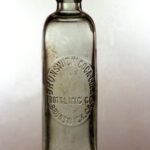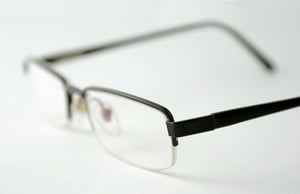Who is Johann Pachelbel and why is his Canon in D so popular? You’ve probably heard the Canon in D, even if you don’t know it.
The Pachelbel Canon is a beautiful piece of music and has been used in all kinds of commercials-from wine to shoes, Coca Cola, and GE light bulbs; it’s been in so many movies and television shows it should have its own SAG card; and at so many weddings it rivals “here comes the bride” in popularity. It seems to suit every occasion.
For a lot of people, it’s one of those pieces of music they’ve heard, but don’t know what it’s called or who wrote it. So who is Johann Pachelbel, and how did he come to write the Canon in D, one of the most well-known pieces of classical music in the world?
Pachelbel was born in Nurnberg, Germany, in 1653. His musical talent showed itself early, and his father arranged for him to receive training from two teachers: composer and teacher Heinrich Schwemmer, and composer and organist Georg Caspar Wecker.
As he was growing up, a variety of schools and teachers exposed Pachelbel to several different music styles, which he used as a starting point for his own compositions. As an adult he tutored young students, and became a musical influence on them, as he had been influenced.
The bulk of Pachelbel’s professional musical career was spent as an organist, beginning with him playing the organ at the Pfarrkirche in Germany, while he was in school. He served as organist at various churches, and as court organist for Duchess Magdalena Sibylla of Wurttemberg, and Prince Johann Georg of Sachsen-Eisenach. In his twenties Pachelbel was already considered a great organist and composer.
He didn’t limit himself to playing the organ, however: while working as an organist, he also began composing and tutoring. One of his most well-known students was Johann Sebastian Bach; Pachelbel he is considered the “geistige Stammvater Bach” or intellectual progenitor of Bach. At the request of their father, Johann Ambrosius, he tutored many of the other Bach children as well, and served as godfather to his daughter Johanna Juditha.
Although Pachelbel moved from place to place playing the organ and composing, one thing remained constant: he tutored young musicians, including his own children. Two of his children, Carl Theodor and Johann Michael, came to America in 1730, and Carl Theodor made his own bit of musical history when he played a concert in a New York City tavern on January 21, 1736. It was the first concert in the colonies for which records exist.
No exact date for the composition of the Canon in D seems to exist, though it is estimated to have been written around 1680. While the Canon is Pachelbel’s most famous composition, it isn’t his only one. Pachelbel was prolific, writing 95 magnificat (hymn) fugues, 60 organ chorales, 19 arias, 2 masses, fantasias, chorale preludes and toccatas, among many others.
These other Pachelbel compositions are different from the Canon, but if you’re really paying attention, in some of them you can hear similarities to his most famous piece. (You can listen to and purchase downloads of Pachelbel’s other music here.)
Johann Pachelbel died in 1706, but as with all great composers, his music lives on, even if many who hear it don’t know what it is, or who wrote it.
Source:
Johann Pachelbel
Classical Archives, Pachelbel






